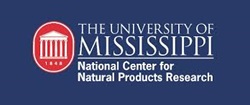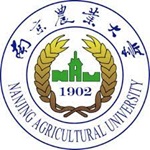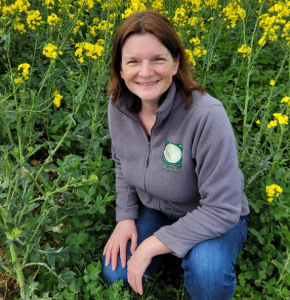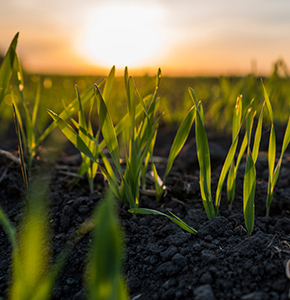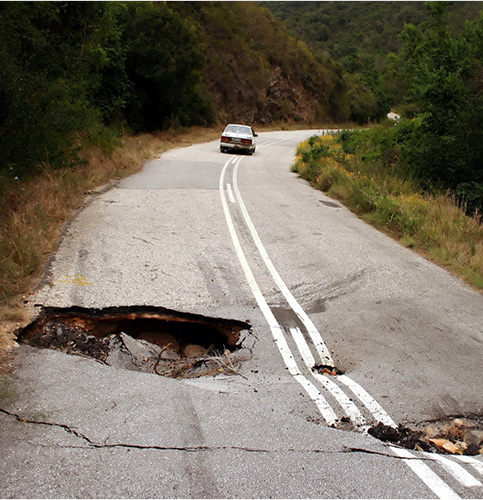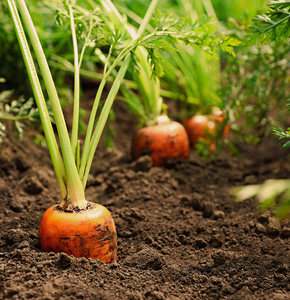Pest Management Science is the international journal of research and development in crop protection and pest control.
Since its launch in 1970, the journal has become the premier forum for papers on the discovery, application, and impact on the environment of products and strategies designed for pest management.
Readership
Agronomists, Agricultural Scientists, Biologists, Organic Chemists, Environmental Scientists, Toxicologists, Entomologists, Plant Pathologists, Weed Scientists, Ecologists, Agricultural Economists
Topics
- Applications of biotechnology and molecular biology relevant to pest management
- Biological control, biopesticides and integrated pest management (IPM)
- Resistance of pests to pest management products and strategies
- Synthesis, discovery, screening, structure/activity and biochemical mode of action of insecticides, herbicides, fungicides and other pesticides
- Properties and use of new pest management products and strategies
- Formulation and application methods for pest management products
- Metabolism, degradation, field performance, environmental studies and safety in use of new and existing pest management products
- Naturally occurring materials for pest management
- Genetic and ecological implications of pest management products and methods
- Protection of commodities from pests
- Toxicology, risk assessment and regulation of pest management products and methods
- Economic impact of pest management products and methods
- Pest biology as it relates to pest management





